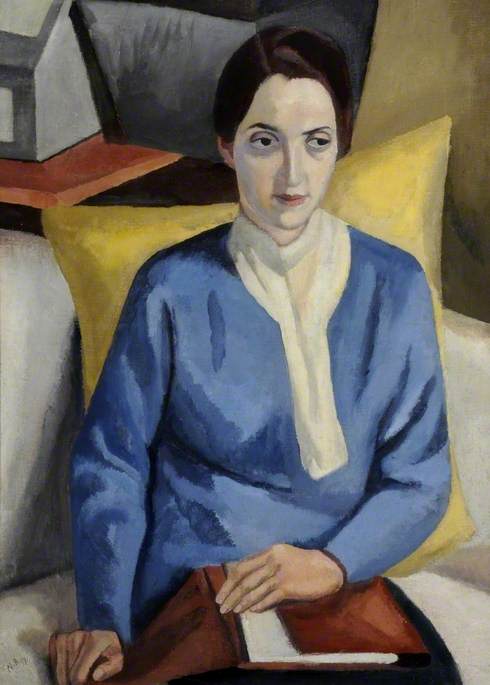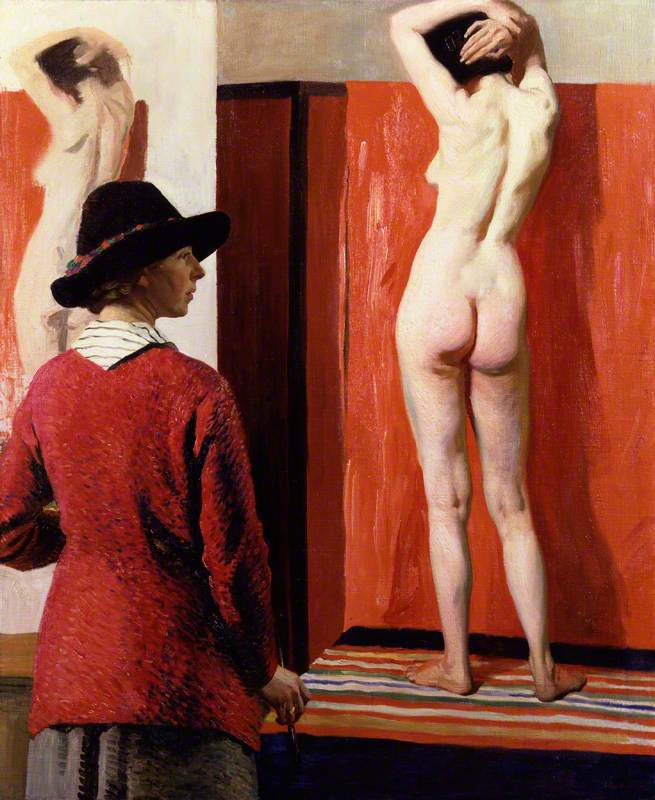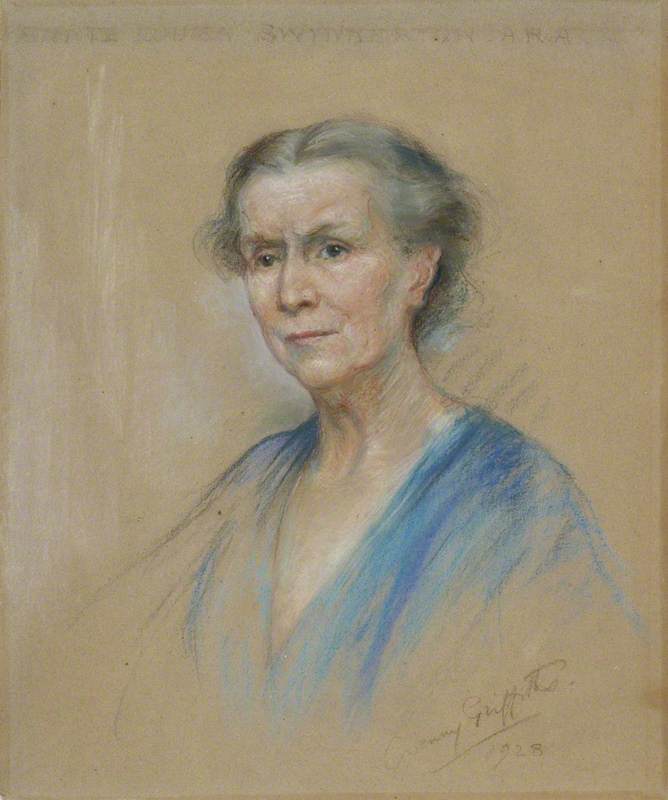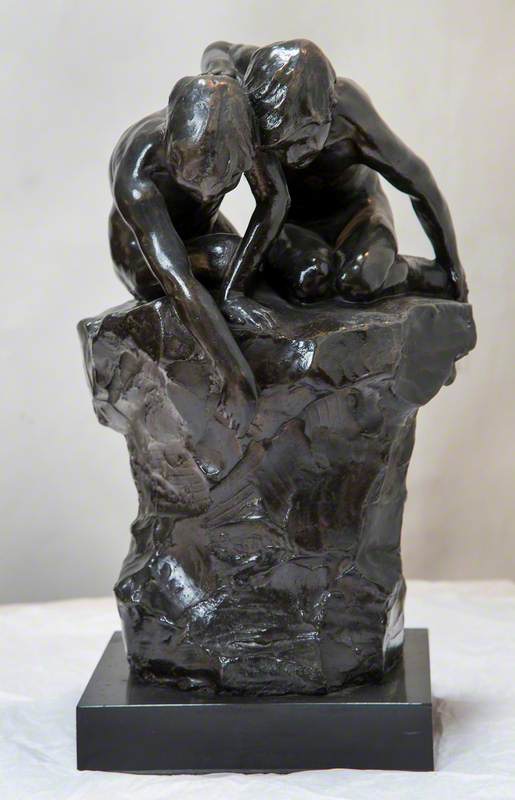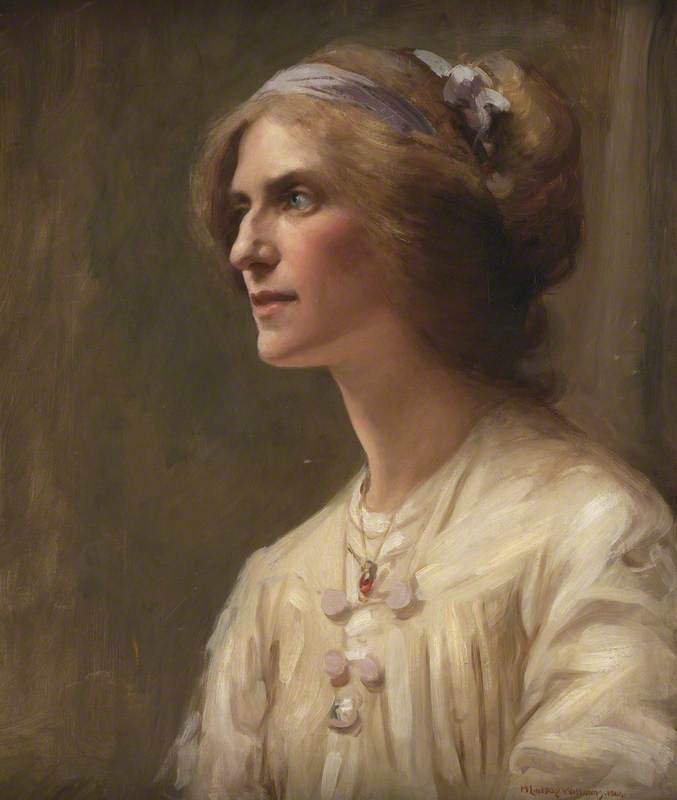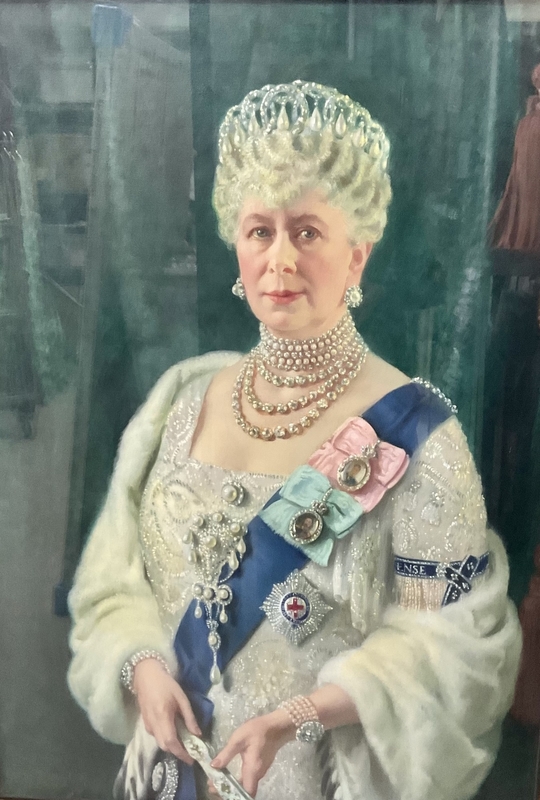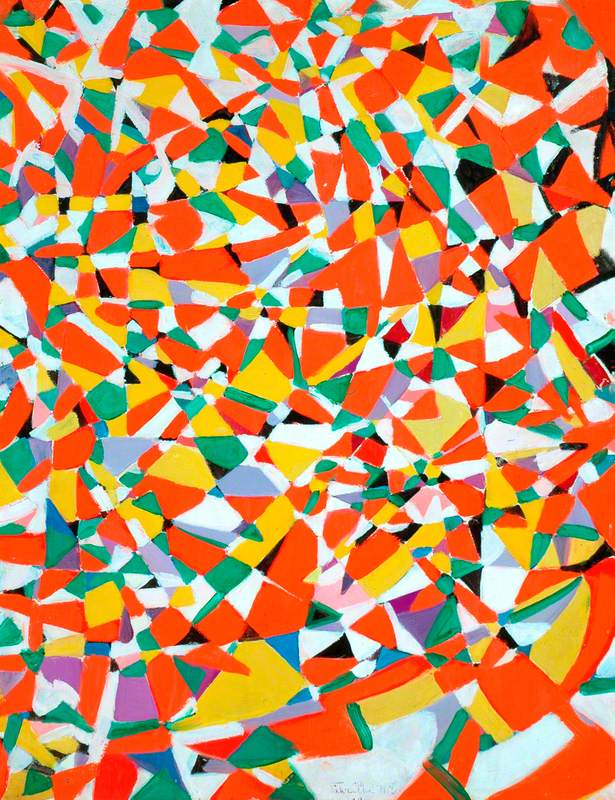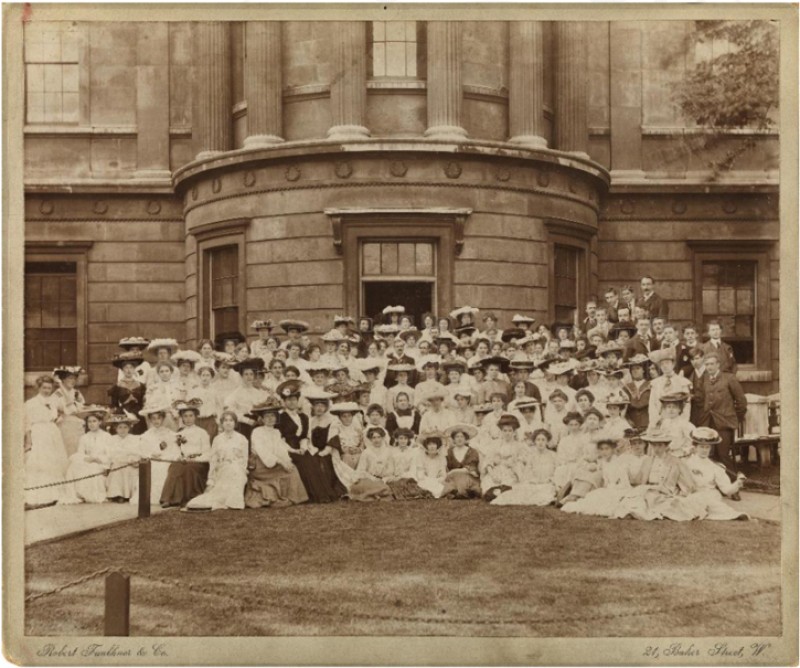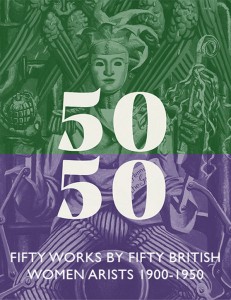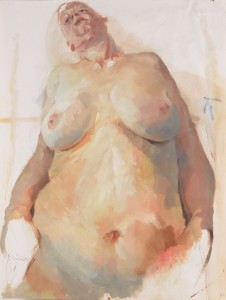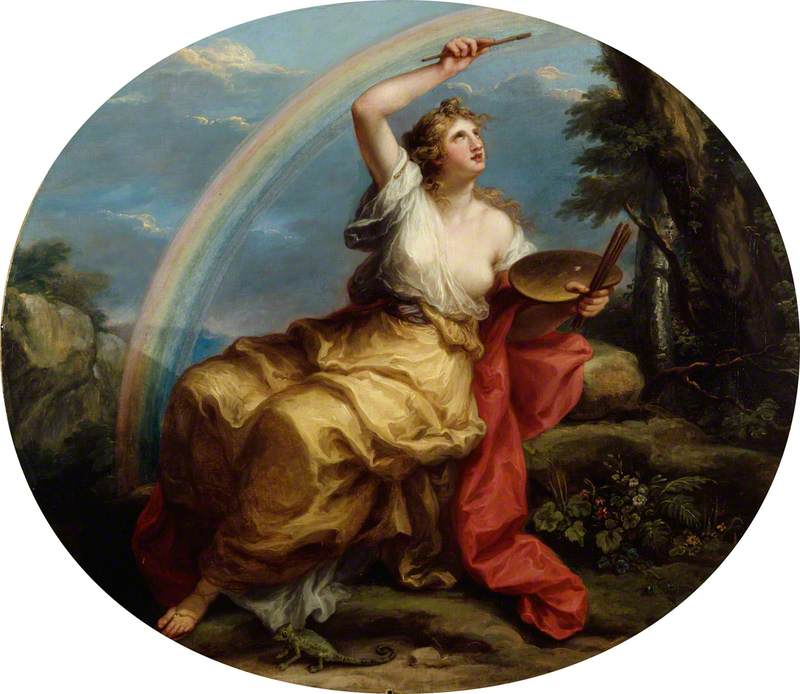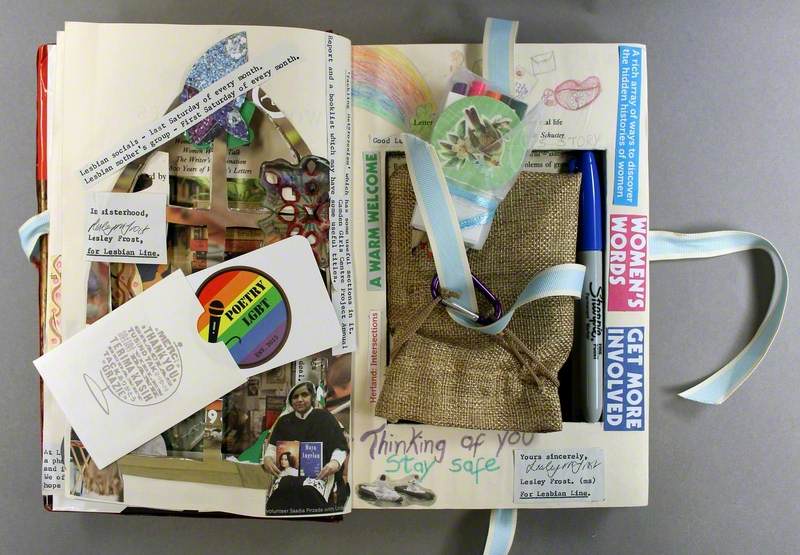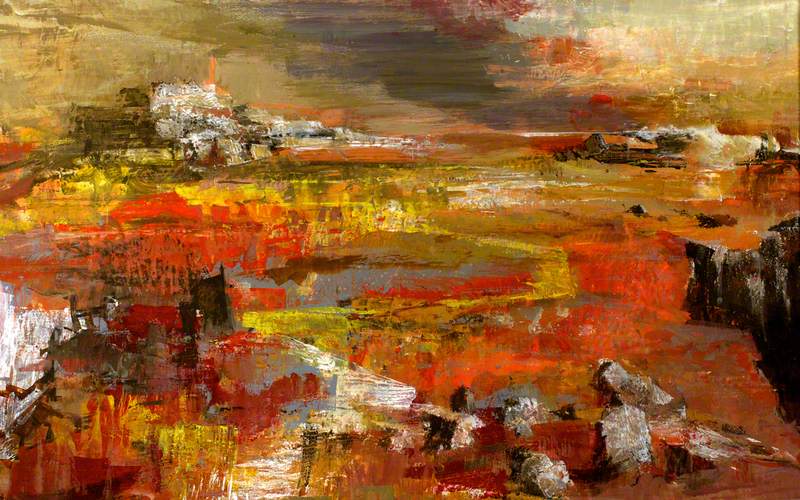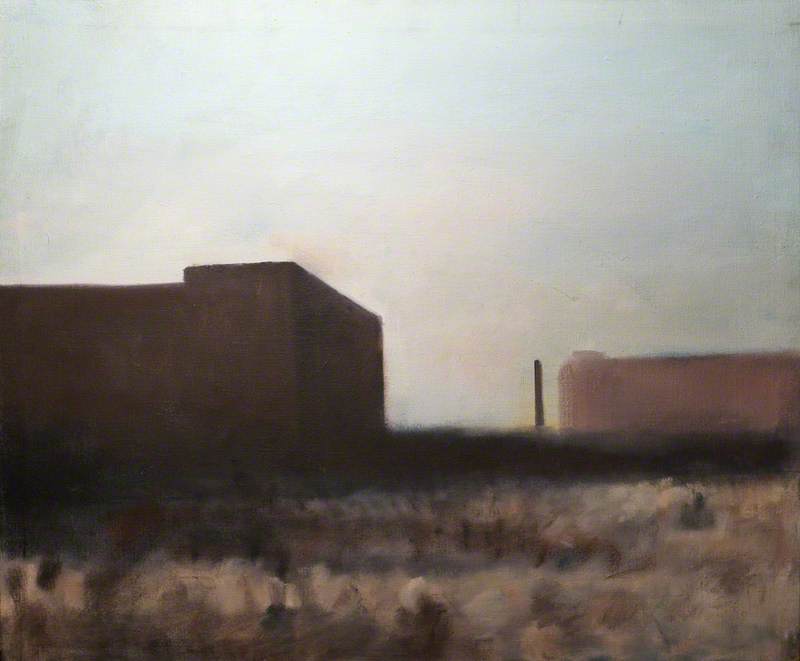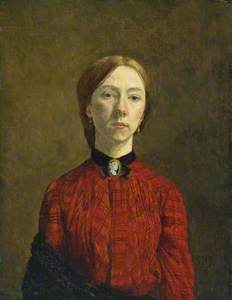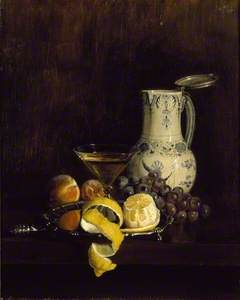Gwen John once said: 'I cannot imagine why my vision will have some value in the world… and yet I know it will.' During her lifetime, female artists were routinely overshadowed by their male counterparts – in John's case, by her brother Augustus, and her lover, Rodin. Today, however, women artists are being rediscovered and reassessed. New books and exhibitions appear on an almost monthly basis, casting fresh light on the work of artists for whom recognition is long overdue.
Among the female artists receiving renewed recognition recently are two Welsh women. Gwen John, who was born in Haverfordwest, is the subject of a brilliant new biography by Dr Alicia Foster. This accompanied two exhibitions of John's work at Chichester's Pallant House Gallery and the Holburne Museum in Bath. The work of Tenby-born Nina Hamnett, meanwhile, recently received its first retrospective at Charleston in Sussex.
But John and Hamnett are not the only Welsh women who forged careers in art around the early to mid-twentieth century. Three more who are deserving of wider recognition are Gwenny Griffiths, Ruby Levick and Margaret Lindsay Williams.
To establish themselves as professional artists in the early twentieth century, women had to overcome a number of barriers and obstacles. Firstly, training as an artist required wealth – not only money to pay for lessons, but the sort of background that enabled a woman to study rather than work. It is notable that these three women are all white, and came from comfortable if not affluent backgrounds.
Then there was the question of style. Amateur art was seen as a fitting or even charming pastime for young middle-class women, with still lives, landscapes or botanical art deemed appropriate subjects. More 'prestigious' forms of art like history painting and sculpture, meanwhile, were understood to be the preserve of men.
Those women who could afford proper artistic training faced barriers in the classroom, too, as certain lessons – notably, life drawing from nude models – were traditionally seen as inappropriate for female students. This started to change at the turn of the century.
Women who lived in Wales faced another challenge. The art world revolved around London, which was also home to the most prestigious training institutions like the Royal Academy and the Slade. This meant that many artists left Wales to pursue training and seek employment.
For women who could overcome these barriers, this was a period of opportunity for artists. The art market had experienced a shift, with the old system of patronage giving way to a new business model, in which artists sold their work to an expanding audience of middle-class art lovers. This opened up new possibilities for women who sought to make careers in art. They were part of a broader societal shift that saw more women advocating for entry into traditionally male professions.
The following three Welsh women are among those who succeeded in establishing themselves as successful artists in the early to mid-twentieth century, and who are deserving of wider recognition.
Gwenny Griffiths (1867–1954)
Born in Swansea, Griffiths was a student at the city's School of Art, later graduating from the Slade in London. She was soon exhibiting her work widely, with portraits selected for the Royal Academy and the Paris Salon.
Her portraits were often commended for their use of colour and naturalistic poses – 'I always allow my sitters to choose the most natural positions' she explained in an article in the South Wales Evening Post (11th September 1922). For many years Griffiths was President of the International Women's Art Club, organising the group's annual exhibitions.
Mrs Octavia Howell, Founder of the Swansea Orphan Home
Gwenny Griffiths (1867–1954) 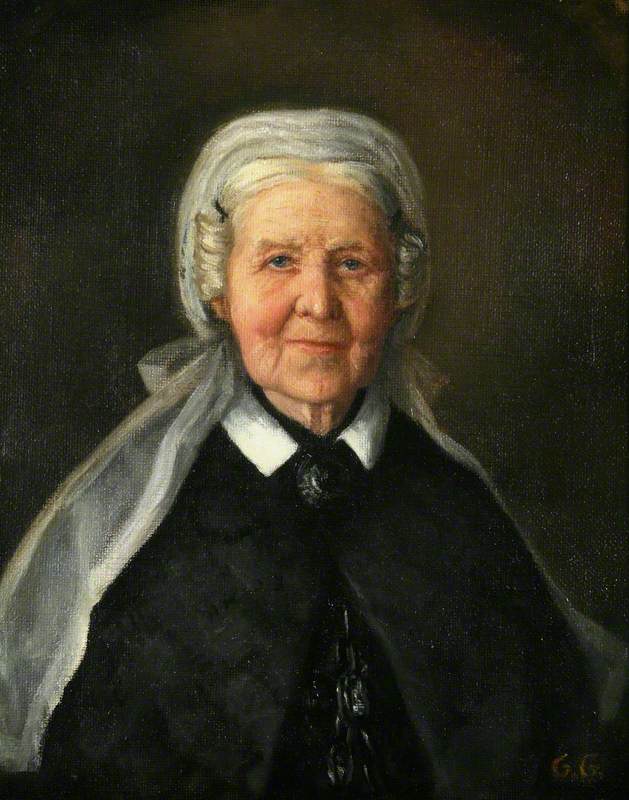
Griffiths also painted landscapes and seascapes, both of which featured in her solo show at Swansea's Glynn Vivian Art Gallery in 1922. A patriotic Welsh woman, she organised an exhibition of her work in London to raise money for Welsh soldiers during the First World War.
Ruby Levick (1871–1940)
Born in Llandaff, Ruby Levick studied at the National Art Training School (NATS) in London. Here, she studied alongside many other notable female sculptors, including Lucy Gwendolen Williams who also had Welsh heritage. At NATS, Levick won a gold medal for her statue, Boys Wrestling. She was a popular student, as was evidenced by her unanimous election as student representative.
Levick exhibited her work widely, finding many buyers – in 1899 the Western Mail commented that her work was 'immediately placarded with the fortunate ticket "sold"' (17th June 1899).
Specialising in bronze, Levick became known for her statuettes which captured motion particularly well – her subjects included groups of people at work, male athletes and children playing. She was part of the New Sculpture movement which placed focus on physical movement and naturalism.
Margaret Lindsay Williams (1888–1960)
Cardiff-born Williams entered the city's Art School at just 13 years old. 'Inevitably', she later said, 'the time came when Cardiff had nothing more to offer,' and so she moved to London, realising her dream of studying at the Royal Academy.
Here she was a star student. At 23 years old she won the Academy's gold medal in art, becoming both the youngest ever student and the first Welsh artist to win it. She earned a travel scholarship that allowed her to travel in Europe, later returning to the UK and holding her first major exhibition in Cardiff.
Griffiths later established a studio in London, becoming a fashionable portrait artist. Her sitters famously included many members of the Royal Family, including Queen Alexandra and Queen Mary. Many of her eminent clients were Welsh.
The work of these three women represents the tip of the iceberg. Many 'forgotten' women created work that is waiting to be rediscovered and reassessed. What better place to start looking than the Art UK database?
Dr Anna Maria Barry, writer and historian
This content was supported by Welsh Government funding
Further reading
Joanna Devereux, The Making of Women Artists in Victorian England, McFarland, 2016
Angela Gaffney, 'Wedded to her Art': Margaret Lindsay Williams, 1888–1960, University of Wales, 1999
Rozsika Parker and Griselda Pollock, Old Mistresses: Women, Art and Ideology, Bloomsbury, 2020
Maria Quirk, Women, Art and Money in Late Victorian and Edwardian England, Bloomsbury, 2019

